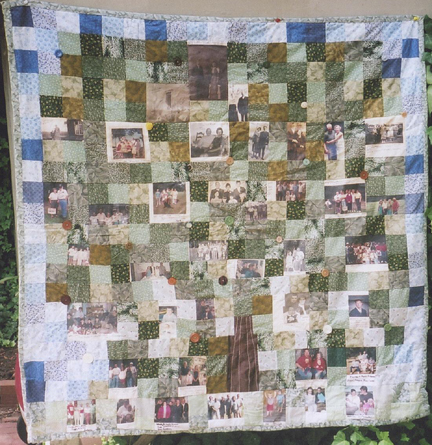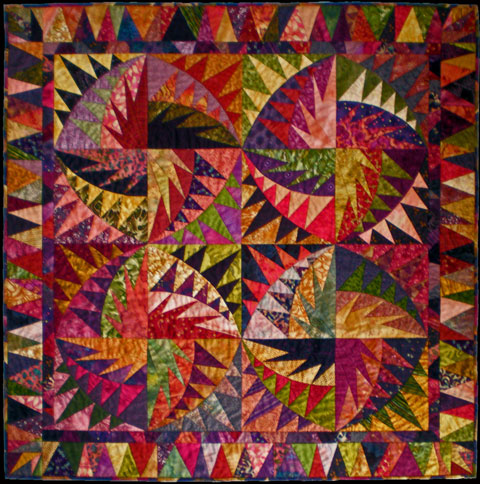In Fun Home it is
interesting to see a role reversal of the male and female characters. There are
a lot of elements in this story that go against the geneder roles that are
always prevalent in typical social and familial settings. Even before the
father is discovered, by the reader to be gay, there are hints all throughout
that make it easy to come to that conclusion early in. The father was the one
who was absorbed in the “feminine” things and actions of the household, from
dressing the children, decorating the house, etc. In the same breath however,
he was also the handy man of the household. There was always this balance
between the masculine and feminine traits within this one character but it’s
the “feminine” that comes out the most. One scene in particular that caught my
attention was when the children were told they could not comment on their
father’s appearance, good or bad, by their mother because he could go off at
any moment for any reason. Now typically I feel that it is the woman who is
portrayed as the sensitive creature, who blows up when she feels she may
possibly be being judged physically. However, in this case the roles are
reversed with the mother always seeming to be the level headed, emotionally
detached one and the father being the exact opposite.
Despite this role reversal later on
the book when the protagonist provides insight on her parents marriage in the
beginning we see the roles in a more traditional way, albeit still a little
twisted. When the mother finds out that her husband is in fact gay she attempts
to leave him. This is an expected reaction, however, the father, who constantly
calls the wife out of her name, essentially scares her into staying and she
does, as we can see in the book. I think this is a huge example of how the
mother takes on the stereotypical role of being controlled by the man and
almost not being allowed to leave him. It’s an extremely unfortunate situation
as she is now forced into an unhappy life where, as stated before, she takes on
the emotionally detached “masculine” role.








